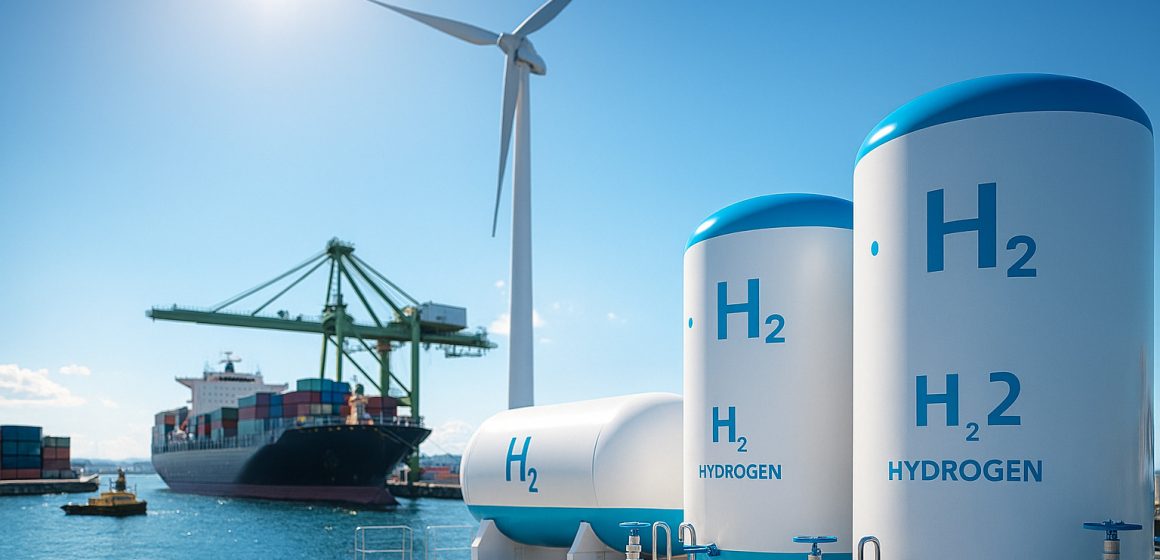Projects in these zones will qualify for benefits under central and state schemes, including those aligned with the Green Hydrogen Mission.
In a strategic push to build an integrated hydrogen ecosystem and accelerate India’s clean energy transition, the Ministry of New and Renewable Energy has formally recognised three major ports—Deendayal Port Authority (Gujarat), VO Chidambaranar Port Authority (Tamil Nadu), and Paradip Port Authority (Odisha)—as Green Hydrogen Hubs under the National Green Hydrogen Mission (NGHM).
The recognition spans India’s western, southern and eastern maritime zones, positioning these ports as focal points for green hydrogen production, utilisation and export.
Welcoming the development, Sarbananda Sonowal, Union Minister of Ports, Shipping & Waterways, said that under the leadership of Prime Minister Narendra Modi, India’s port infrastructure will play a pivotal role in achieving the national goal of net-zero emissions by 2070.
“As green hydrogen hubs, our ports will act as catalysts of clean energy innovation. As a maritime leader, India’s ports will not only empower their own country but also leverage their strategic positions along the eastern and western trade routes to drive the region towards sustainable logistics,” Sonowal said.
Projects within these designated zones will be eligible for benefits under relevant central and state government schemes, including those linked to the NGHM. The move is expected to catalyse industrial participation, attract green investments, and spur innovation in clean fuel technologies.
Launched in January 2023, the NGHM aims to position India as a global hub for the production, utilisation and export of green hydrogen and its derivatives. It promotes the development of large-scale hydrogen hubs to serve as anchor points for both supply and demand, thereby enabling a sustainable and competitive hydrogen economy.
To address the logistical and technical challenges of long-distance hydrogen transport, the NGHM adopts a cluster-based development model. This approach enhances early-stage project viability, enables infrastructure convergence, and helps achieve economies of scale in identified regions.
The revised scheme guidelines for Hydrogen Valley Innovation Clusters (HVIC) and Green Hydrogen Hubs, issued on June 27, provide a framework for identifying and supporting regions capable of large-scale hydrogen activity. Under Component B2 of these guidelines, MNRE may recognise locations as Green Hydrogen Hubs without direct financial assistance, thereby facilitating access to incentives available under other government schemes.


